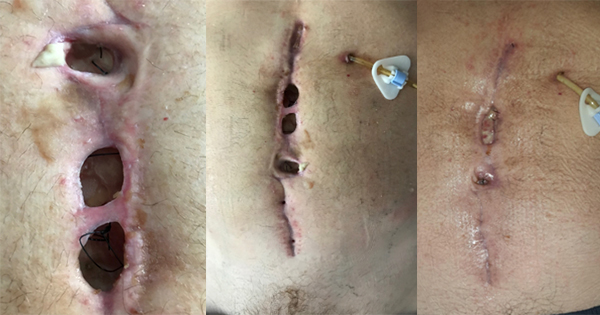Wound dressing classification has traditionally focused on the dressing ingredient(s) leading to the construction of a list that emphasises the dressing constituents, e.g. alginates, foams, hydrocolloids, hydrogels, etc. Wound dressings’ origin lies in natural sources when honey, lard or butter were applied and would have been kept in place with leaves and/or grass (Forrest, 1982). Some ancients used tree resin to cover and protect the wound surface (Forrest, 1982). This ingredient-based approach is attractive because it is simple and easy to use, and facilitates choice of dressing within the confines of any specific clinical situation, while also allowing pharmacy/medicines managers to ‘supervise’ expenditure by dressing category.






